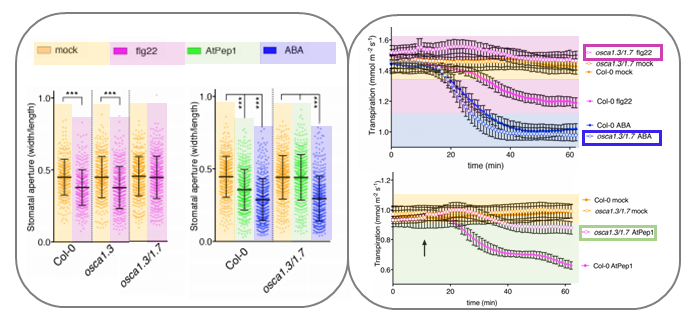
The calcium-permeable channel OSCA1.3 regulates plant stomatal immunity (Nature)
Plant Science Research Weekly
In plants, the perception of environmental threats induces a peak of calcium ions (Ca2+) in the cytosol that triggers signal transduction pathways leading to stomatal closure as defense response. In Arabidopsis, the mechanosensitive Ca2+ channel OSCA1 regulates water transpiration in response to…
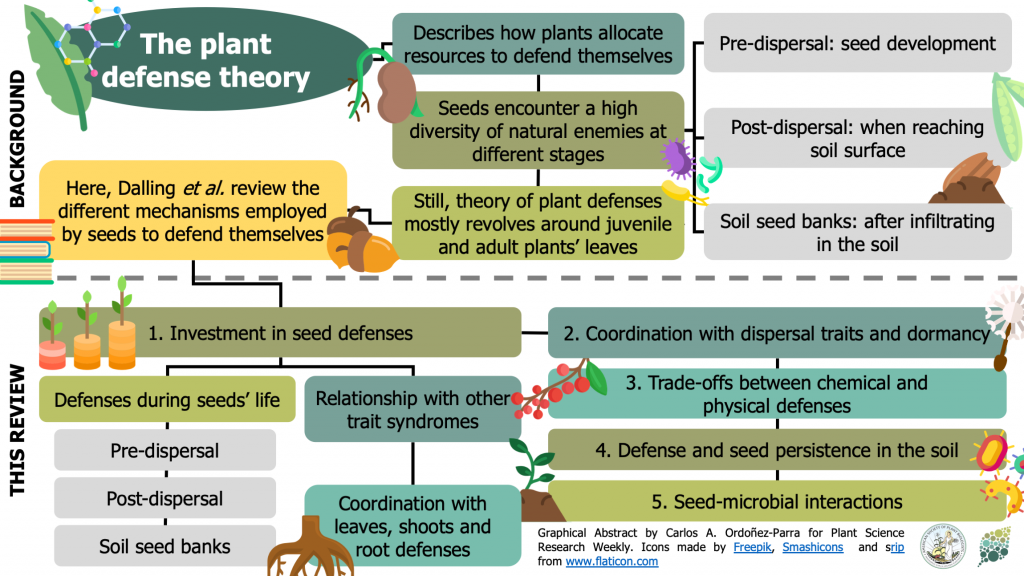
Review: Extending Plant Defense Theory to Seeds (Annu. Rev. Ecol. Evol. Syst.) ($)
Plant Science Research WeeklyPlants have developed multiple mechanisms to deal with the natural enemies they encounter through their life. In consequence, the Plant Defense Theory has arisen to assess how plants allocate resources to this purpose. However, much of the efforts in this matter has revolved around the defense that occurs…
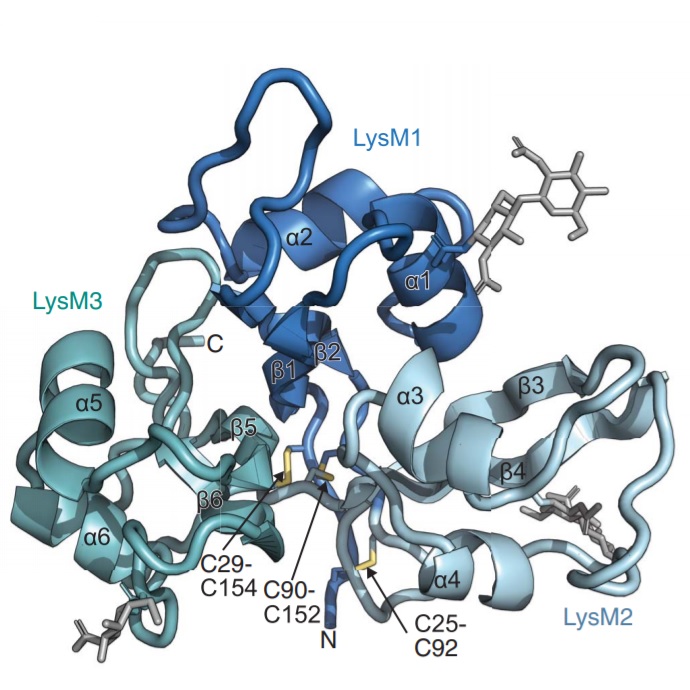
Friend vs. foe: molecular insight towards microbial recognition and specificity in legume signaling (Science)
Plant Science Research WeeklyEcosystems are founded by relationships between organisms, such as the mutualism between plants and microbes. An example is the agriculturally important symbiosis between legumes and nitrogen-fixing bacteria that reside in nodules of legumes. Legumes must be able to differentiate, through undetermined…

Spatial profiling of immune competence in plant roots (bioRxiv)
Plant Science Research WeeklyPlant roots should prevent immune activation by innocuous soil microbiota, as constitutive immune activation is harmful to plant growth. Previous studies have indicated variable immune competence of different root cell types and developmental zones, but this is currently poorly understood with the fine…
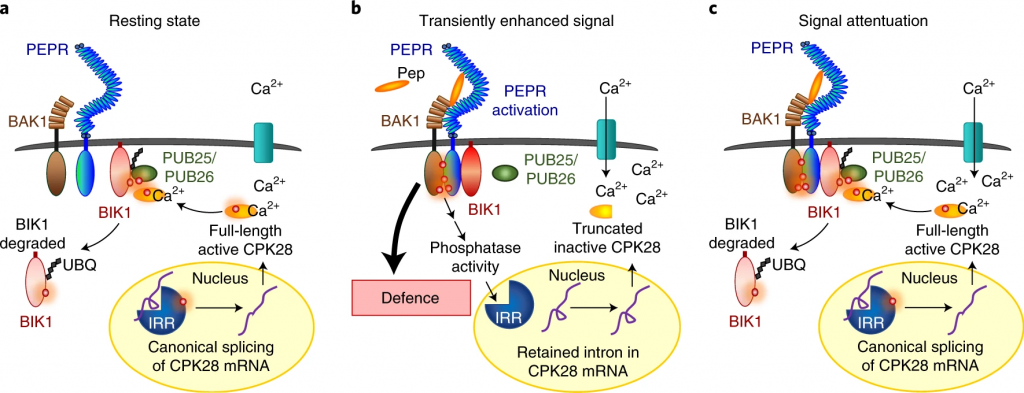
Dynamic regulation of Pep-induced immunity through post-translational control of defense transcript splicing (Nature Plants)
Plant Science Research WeeklyIn plant immunity, signal transduction is tightly modulated through mechanisms including controlled stoichiometry of key regulators. Dressano et al. identified the novel IMMUNOREGULATORY RNA-BINDING PROTEIN (IRR) as a negative regulator of immunity in both maize and Arabidopsis through a screen of Plant…
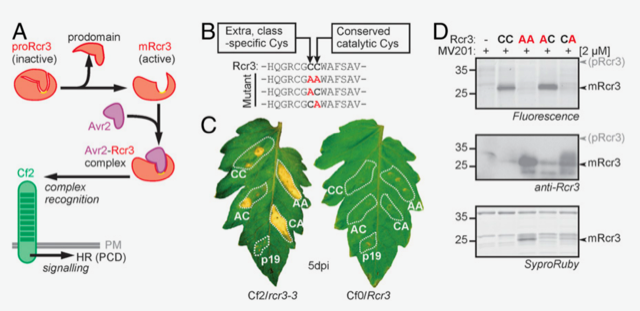
Extracellular proteolytic cascade in tomato activates immune protease Rcr3 (PNAS)
Plant Science Research WeeklyThe plant apoplast is a sea of immune-related proteins that facilitate robust defense against pathogens. Rcr3 is a tomato secreted apoplastic protease that contributes to both basal defense and gene-for-gene resistance against pathogens. Rcr3 is activated by the cleavage of its autoinhibitory prodomain,…
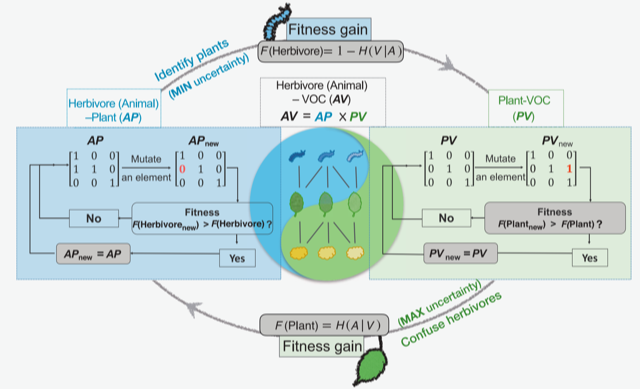
Plant-herbivore chemical communication decoded (Science)
Plant Science Research WeeklyChemical communications between species are prevalent in nature. For instance, herbivorous insects can spot their host plants by sensing volatile organic compounds (VOCs) emitted by plants. Despite our knowledge about interactions between individual plant and herbivore species, little is known about…
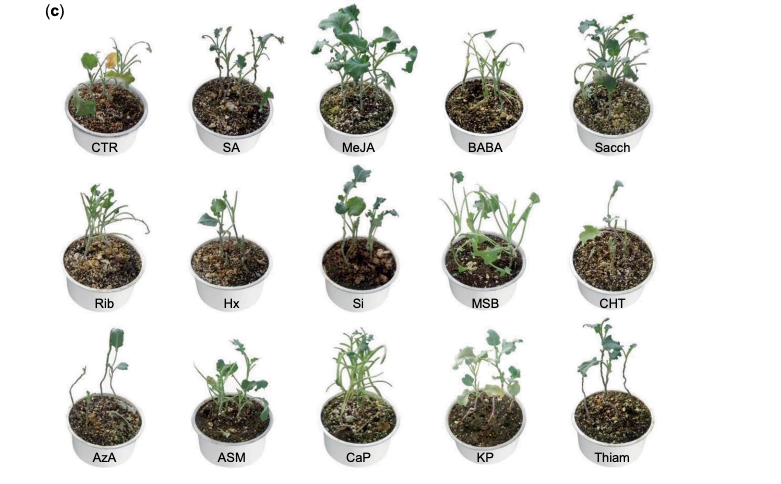
Induced tolerance to abiotic and biotic stresses of broccoli and Arabidopsis after treatment with elicitor molecules (Sci. Rep.)
Plant Science Research WeeklyPlant hormones such as jasmonates (JAs) and salicylic acid (SA) are known for their role in regulating plant growth under both abiotic and biotic stresses. These hormones, which are synthesized within the plant, can modulate cellular processes in targeted cells locally and can be moved to other parts…
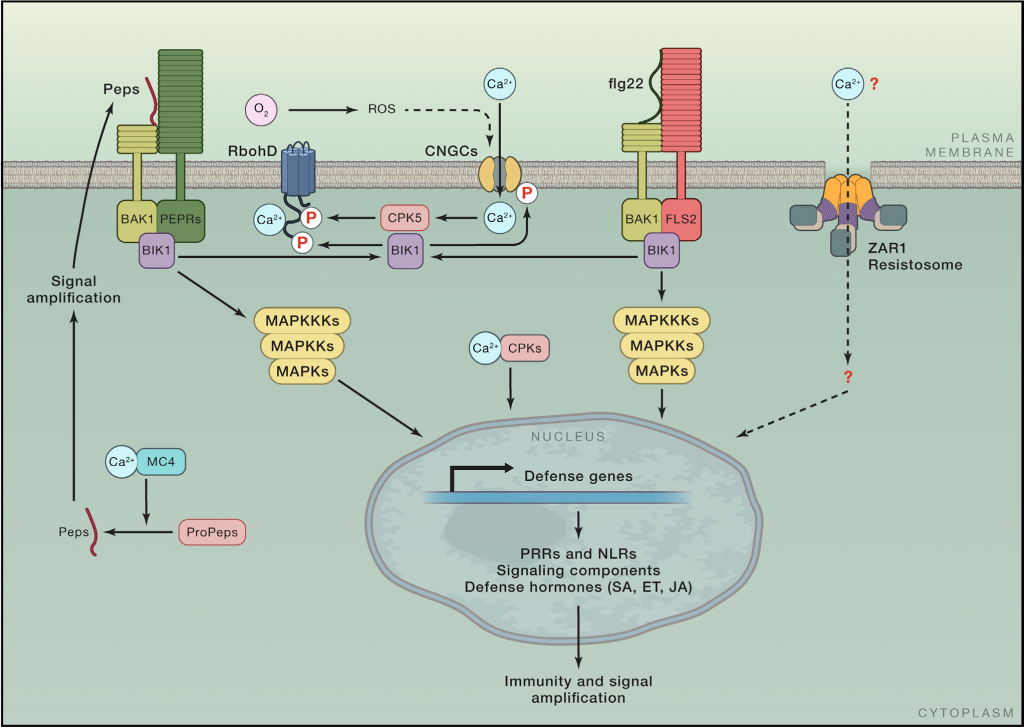
Review. Plant immunity: Danger perception and signaling (Cell)
Plant Science Research WeeklyResearch from the last three decades has discovered many genes and pathways involved in plant immunity and how they are connected. Here, Zhou and Zhang highlight new research regarding activation and signaling of cell surface pattern recognition receptors (PRRs) and intracellular nucleotide-binding,…

